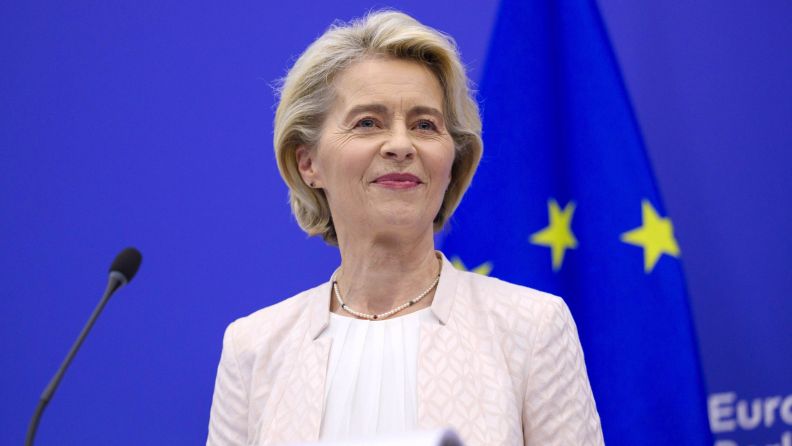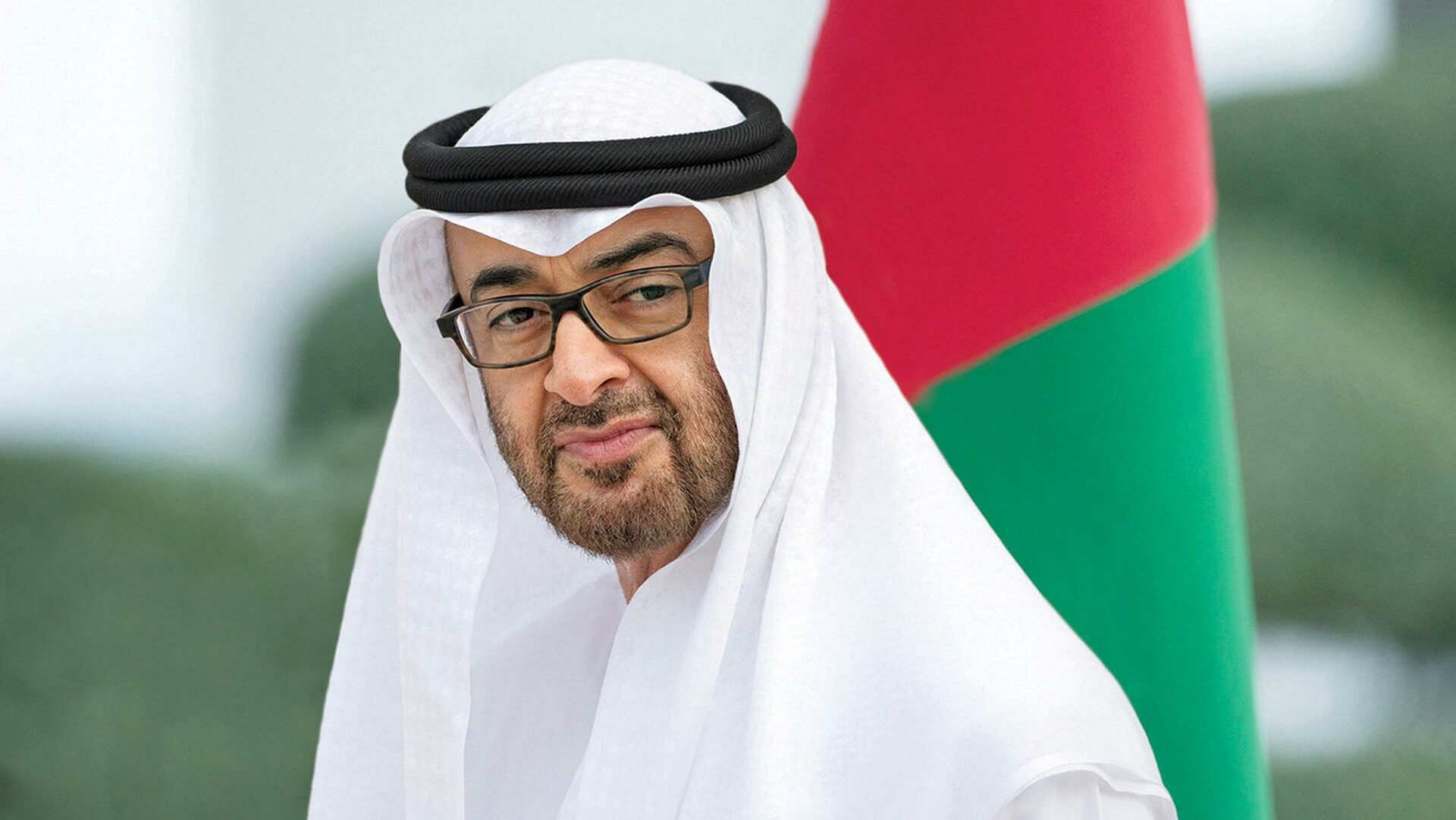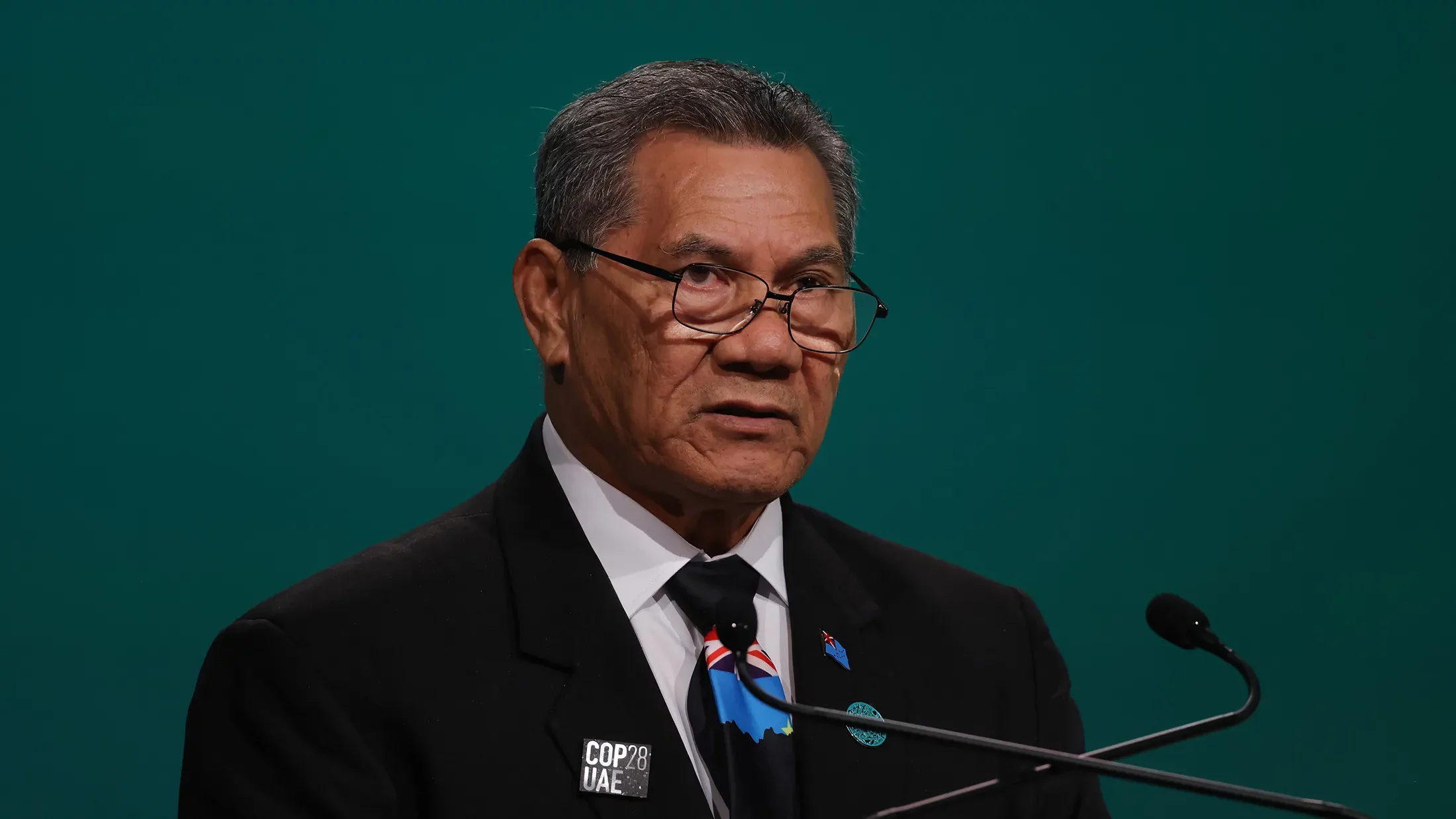At the 29th United Nations Climate Summit (COP29), I suggest that leaders from various countries, including those from industry, government, and academia, should not merely be content with leaving “no trace” like a passing ship, but should strive to ensure that their presence leaves a lasting impact.
Amidst the raging global climate crisis, leaders standing on the COP29 stage are not just engaging in policy debates, but are also participating in a battle to shape their reputations. These speeches, statements, or commitments should not be just fleeting echoes within the conference hall, but should transform into a sustained wave of global public opinion and other long-lasting impacts. Whether political or economic, these costs only become meaningful if they create real change.
From the perspective of international media strategy, we have witnessed numerous leaders use events like COP to closely align their personal reputations with national interests. Through the media, they have been able to extend the brief spotlight into far-reaching international influence.
The Secret to Amplifying Your Voice from the Conference Hall to the World
COP29 is not just an international conference; it is also a business card for global leaders – a personal business card, a corporate business card, and potentially a business card representing a nation. In the global dialogues about the future of sustainability, the performance of leaders not only reflects their policy capabilities but also directly influences their international standing. Let’s look at a few examples: from von der Leyen’s moral call to Zayed’s technical narrative and Natano’s emotional resonance, each speech is a carefully crafted “reputation showcase.”
Ursula von der Leyen: Reshaping Leadership with Moral Language
European Commission President Ursula von der Leyen, with her impeccable storytelling skills, placed the European Green Deal at the forefront of global climate action. With the slogan “no one will be left behind,” she transcended the technical framework of climate discussions, elevating climate action to the level of fairness and justice. Through her refined language, her speech was quickly picked up by global media, turning into headline news and amplifying the EU’s voice to a global scale.

Mohammed bin Zayed Al Nahyan: Rebranding the Middle East with a Technology-Driven Narrative
UAE President Mohammed bin Zayed Al Nahyan’s speech focused on carbon capture, utilization, and storage (CCUS), showing that the Middle East is not only an exporter of fossil fuels but also an innovative leader in the global energy transition. Through clear data and real-world examples, he reshaped the UAE’s global image, and the narrative successfully led the media to define the Middle East’s role as “a technology-driven force in climate action.”

Kausea Natano: Using Emotion to Advocate for the Vulnerable, Elevating the Issue to Moral Heights
Tuvalu Prime Minister Kausea Natano, with his emotional narrative, brought global attention to climate justice. His speech not only highlighted the existential crisis faced by island nations but also proposed specific legal frameworks to protect climate-affected migrants and vulnerable groups. This powerful address sparked media coverage of “climate justice,” bringing the voice of the small nation of Tuvalu to the center of the international stage.

Mastering Key Moments in Media Narrative
In the media-driven era, reputation is no longer just a leader’s “soft power”; it is the core asset of influence. Every appearance by a leader at COP29 is not only an opportunity to showcase political vision but also a critical moment in shaping the media narrative.
- The Global Narrative Framework as the Foundation for Success
Leaders must transform cold, hard policy data into emotional and compelling narratives that allow global audiences to understand the meaning behind the policies. For example, Natano’s “cry for survival” not only touched the attendees but also stirred global media sympathy and attention toward vulnerable nations. - Multi-Platform, Multi-Layered Media Strategy
Relying solely on live speeches is no longer enough to maintain visibility. Participants in international events need to use in-depth interviews, media communication, and news manipulation, combined with fragmented social media strategies and collaboration with other leaders to create more topics, ensuring their voices reach every corner and forming a cross-platform public opinion matrix. - The Combination of Transparency and Action
Speeches are just the starting point, not the endpoint. Leaders who can demonstrate transparency and action after the event, showing audiences the steps to come, will solidify their reputation and sustain media attention.
Creating a Voice That Won’t Be Forgotten at COP29
COP29 is a stage, but the real protagonists are those leaders whose voices endure. Participating in such a global conference should never be a mere formality; it is a process of reputation forging. From speeches at the venue to the media’s follow-up coverage, what leaders need is a comprehensive reputation management strategy that turns their commitments into lasting influence.
As an international media strategist and advocate for global issues, I firmly believe that climate action requires not just policy commitments, but narratives that can resonate and actions that continue to push forward. Therefore, I urge the leaders attending COP29 to ensure that their speeches are not merely a fleeting performance, like “a ship passing through the water without leaving a trace.”
Seize the opportunity, and make your voice the source of making the world a better place, leaving a key mark for yourself, for the related enterprises, for the country you represent, and even for history.
Recommend for you: